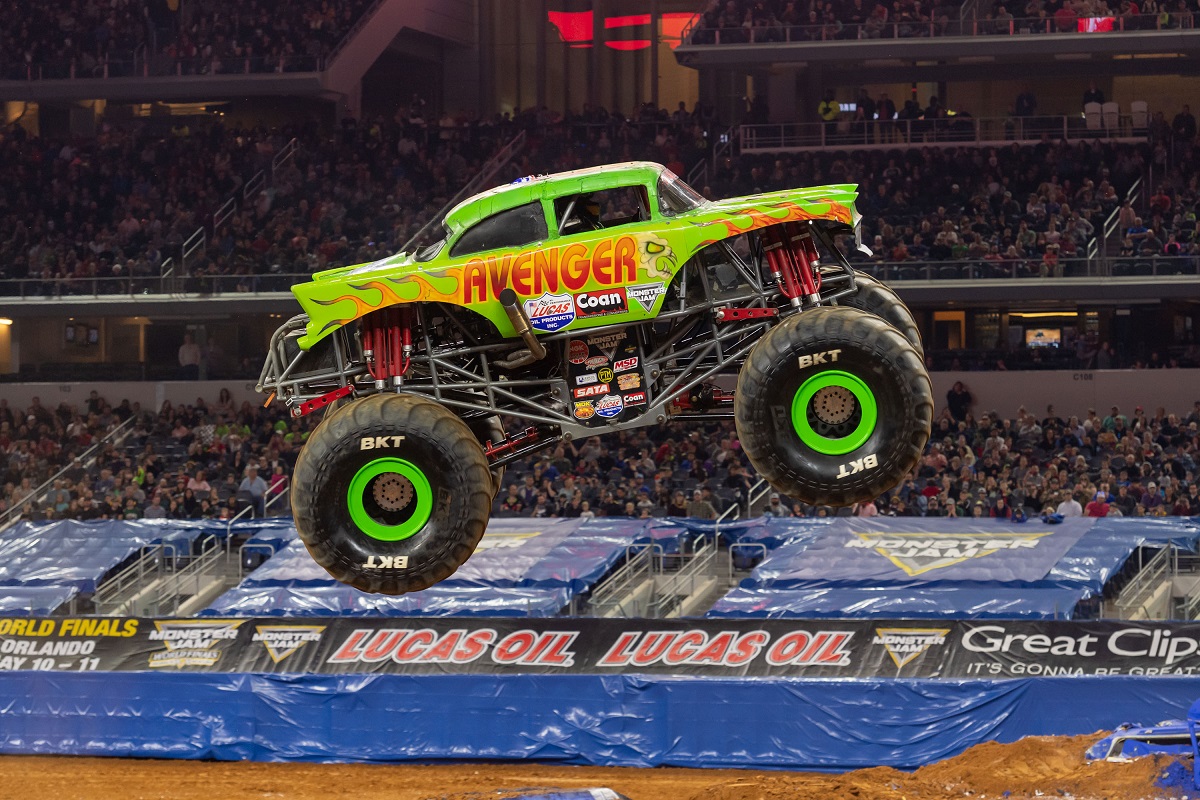Members from SoccerCity SD and Goal SD announced details Friday of their privately-funded proposal to transform Qualcomm Stadium into a new home for Major League Soccer (MLS).
SoccerCity is the investment group behind the proposal. They have support for the project from Goal SD, a committee that supports a tax-free stadium and bringing MLS to San Diego.
SoccerCity’s proposal states that building the new stadium would not cost tax payers any money. The proposal claims that the venue would create a $2.8 billion economic impact, adding over 25,000 permanent jobs and 40,000 construction jobs. It also claims the presence of a MLS team at the Qualcomm site would generate tens of millions in tax revenue for the city, schools and county.
The new renovations would include 55 acres of parkland with six additional community recreation fields and an expanded San Diego River Park.
A youth soccer academy at the former Charger’s training facility in Murphy Canyon will also be developed to give the best young players across San Diego a place to perfect their skills. In SoccerCity's original plan, the new site would also be an overflow space to accommodate future growth at San Diego State University (SDSU).
However, on Friday, SDSU officals released a statement that the university is no longer in discussions with investors.
San Diego Mayor Kevin Faulconer still emphasized the opportunity San Diegans could have with this new proposal and the importance of SDSU's partnerhsip.
“There’s no doubt that the University is in transition with the new administration coming in, but I have said that there needs to be a seat at the table for San Diego State," Faulconer said. "It’s not only an opportunity for the Aztecs, but for the whole community.”
“I think the most important part of this project is the sum of all its parts. We have an opportunity to create a special place that’s in a parking lot now – let’s try to seize that,” the mayor added.
The proposal states that the Joint Use Stadium would accommodate 33,500 people. Without SDSU's support, the stadium will instead be designed to fit at least 23,500.
Peter Seidler, a Managing Partner of the Padres and SoccerCity investor, told NBC 7 that he also sees the opportunities for San Diegans with this new plan.
Local
“Here it won’t be just Major League Soccer — it’ll be clubs from all over the world playing games that they are invited to play, whether that’s teams from Mexico, Barcelona, England France or Brazil,” he said. “So, there’s going to be year-round, high-level soccer. I can envision sold out stadiums and tons of enthusiasm from kids or parents — great diverse family entertainment.”
However, veteran Patrick Liva said San Diegans should be aware of the safety and environmental impacts the new stadium can cause. Kinder Morgan, a fuel tank farm operator, is located just north of Qualcomm Stadium.
“My concern with this project is, that is it more about money or is this about the safety of our citizens here in San Diego?” Liva said.
According to SoccerCity, the new developments in the proposal will stay consistent with the San Diego River Park Foundation, and also use input from members of the Mission Valley community.
According to Landon Donovan, former LA Galaxy soccer player and partner with Goal SD, San Diegans’ support for a MLS team is huge.
“Those in the soccer community, those of us intimately in the soccer community, we're supportive, but we weren’t aware of how intense it was,” Donovan told NBC 7. “We got 100,000 plus signatures in San Diego, which is a record. We know that people are in support of this and now we want to make sure they vote on it in a meaningful way.”
The next step for the proposal is to get the San Diego City Council to approve to it in order for it to be on the ballot this year. By law, City Council has to put the intiave on a ballot at some point, but the next scheduled election is next year.
"We need it on the ballot this year, so people’s votes can be counted," Donovan said. "If City Council puts the proposal on the ballot for next year, it would kill our project."
The proposal says support, right now, from San Diegans is crucial because MLS requires a new stadium to be built in time for the start of the soccer season in 2020.
If SoccerCity is not awarded a MLS franchise, the lease for the Qualcomm Space would terminate and stop all development of the site. The space would still remain part of the City of San Diego, according to the proposal.



